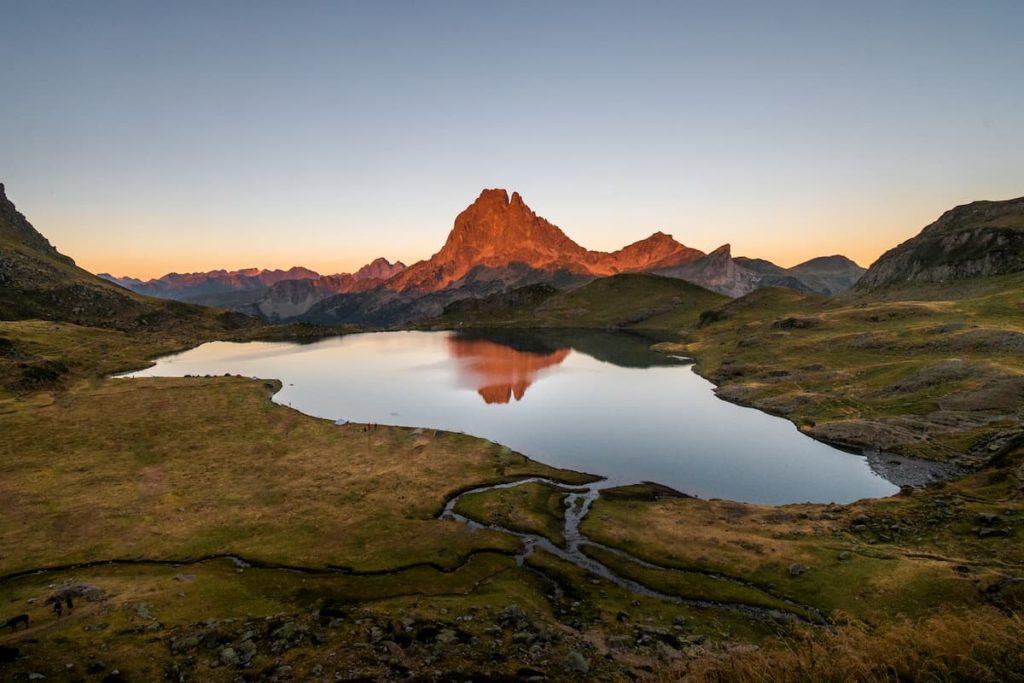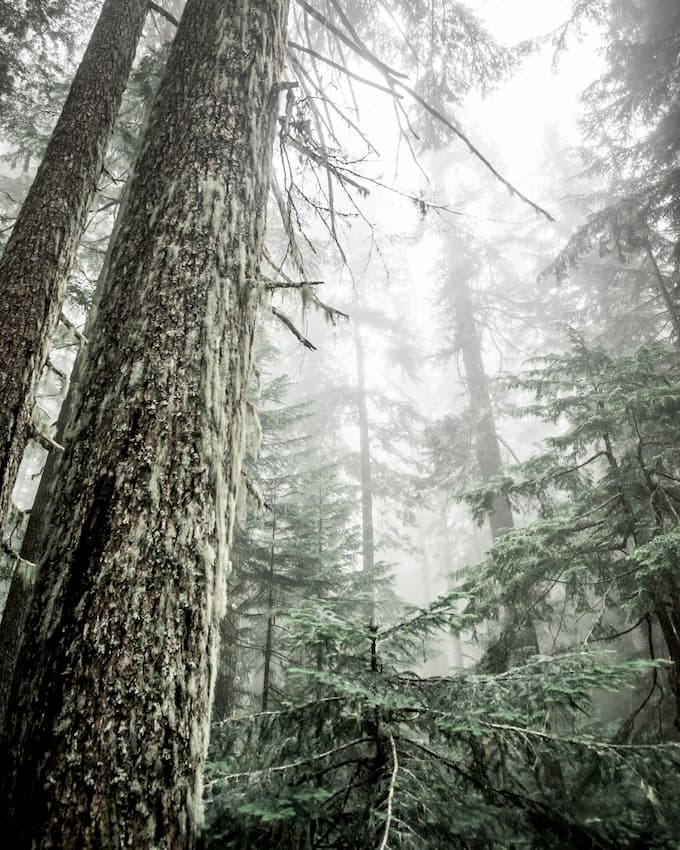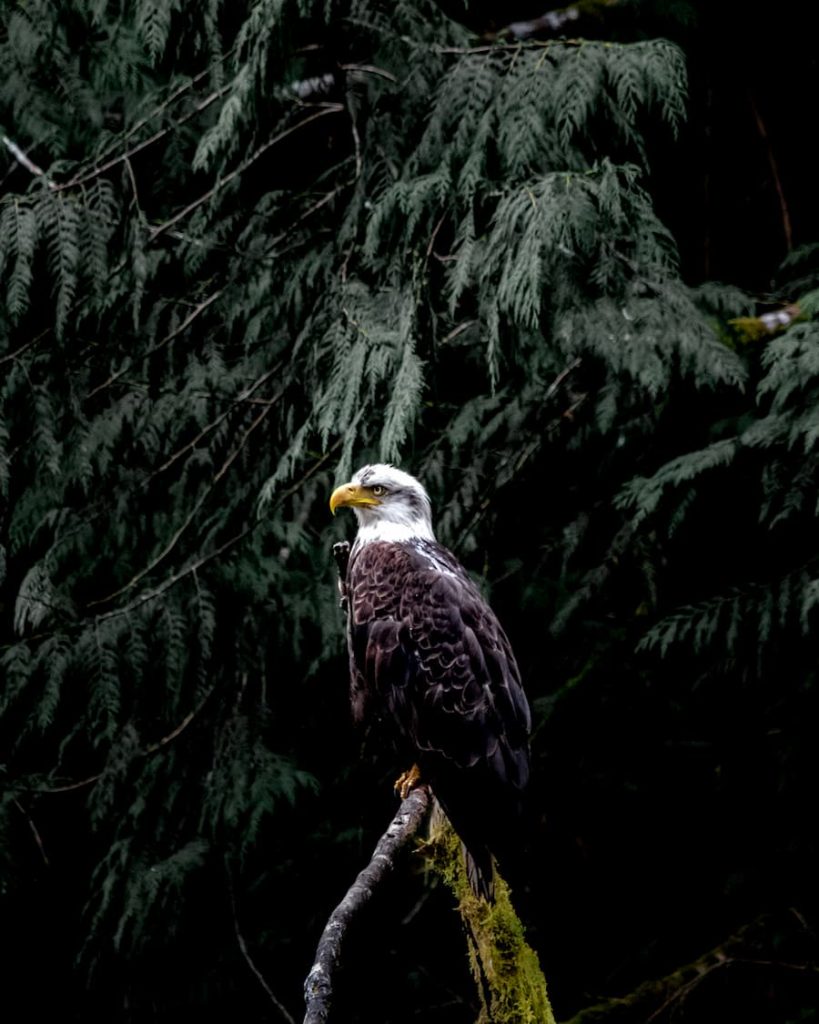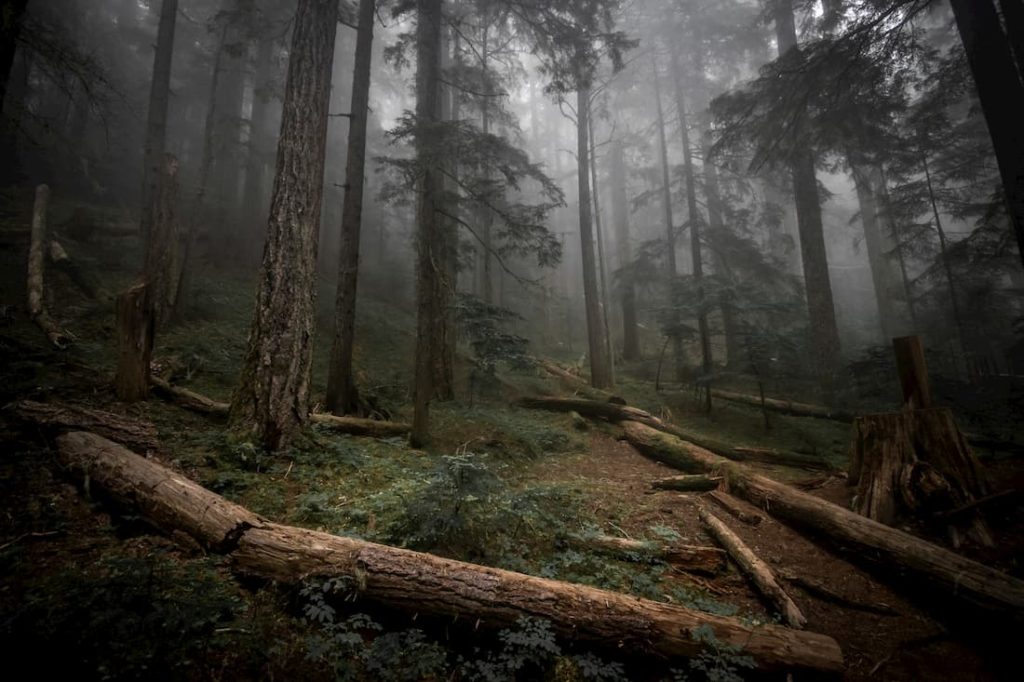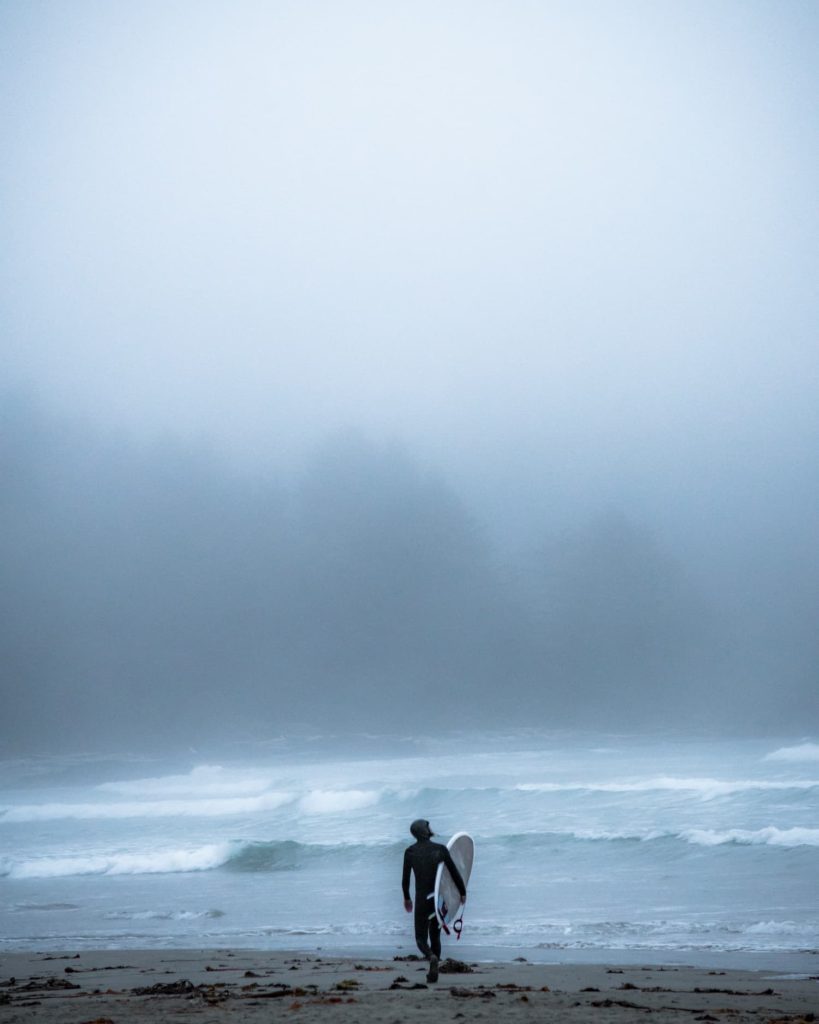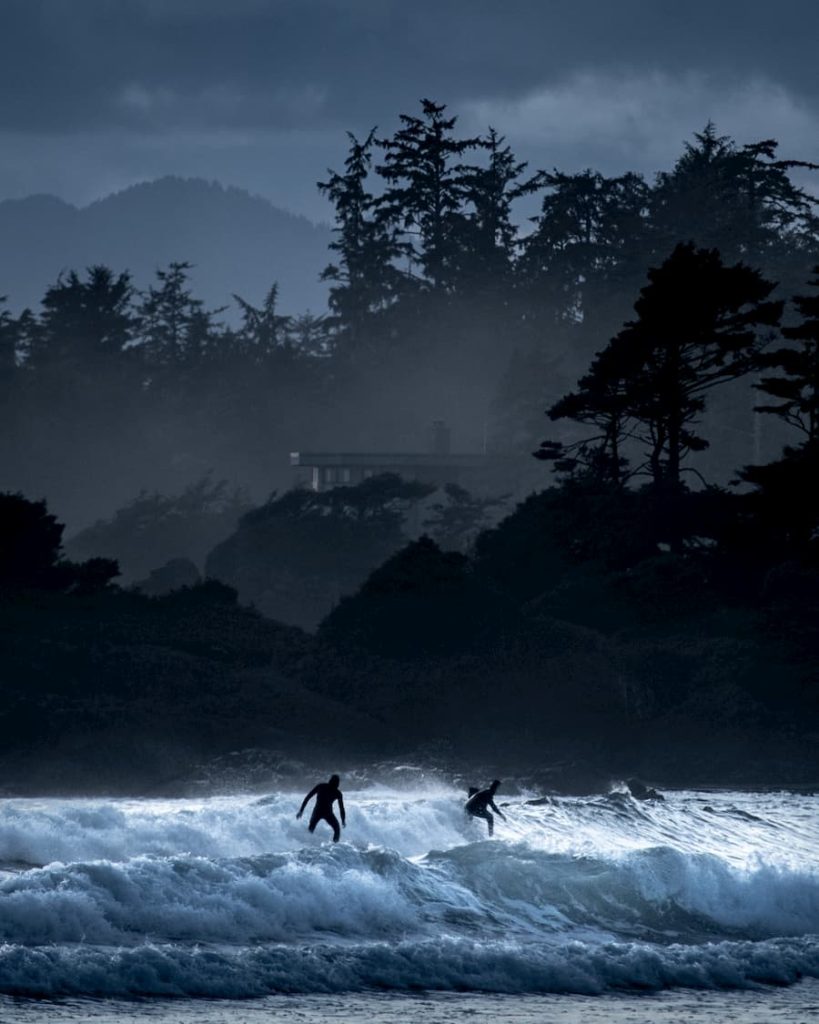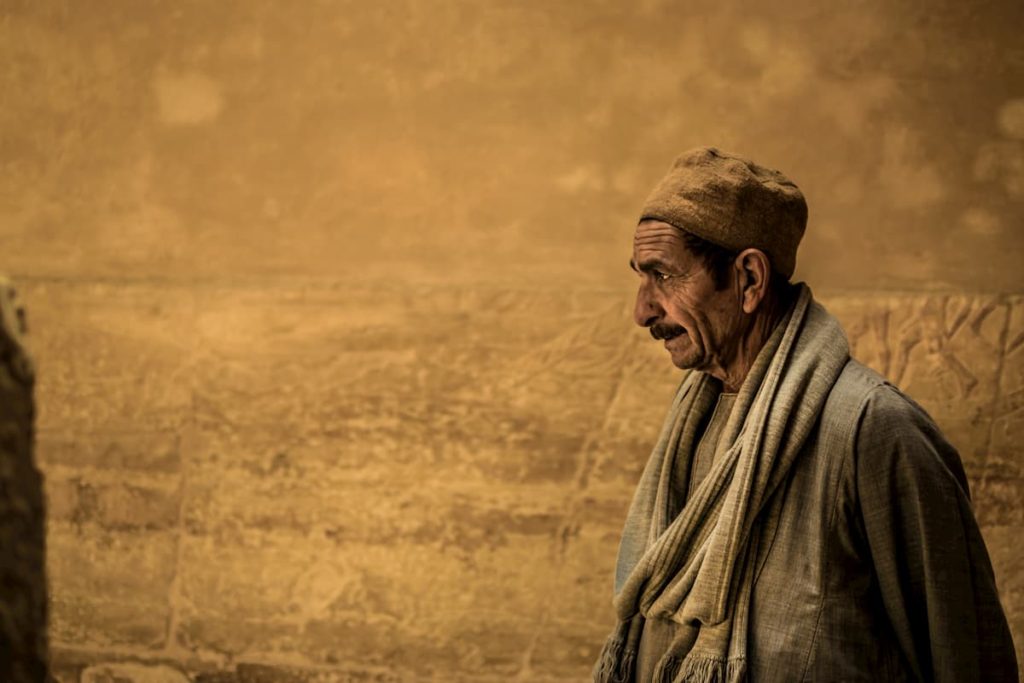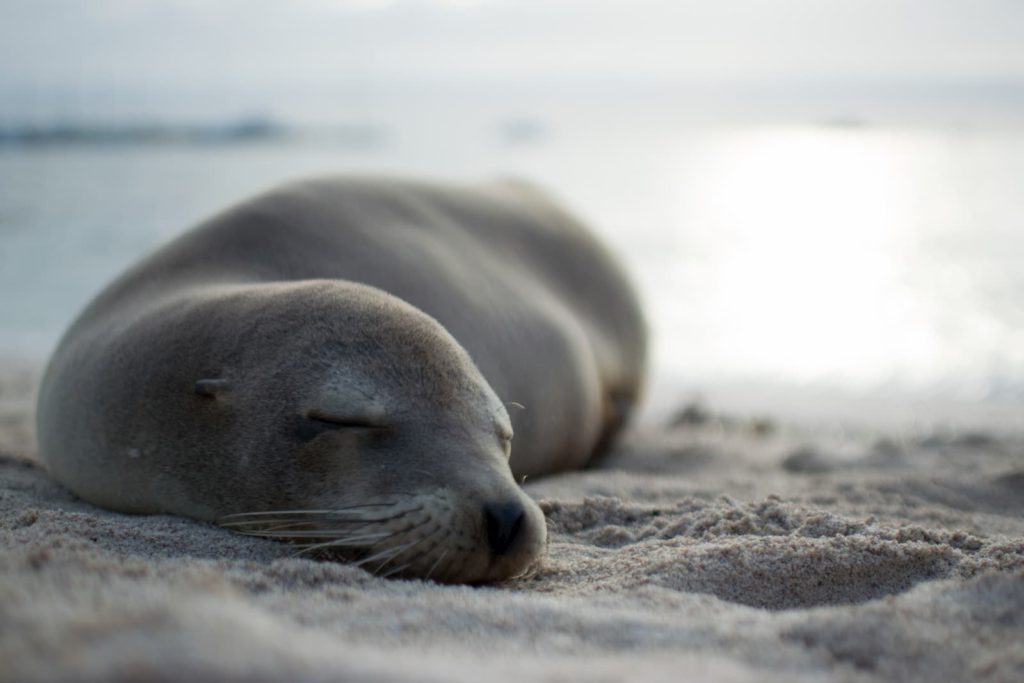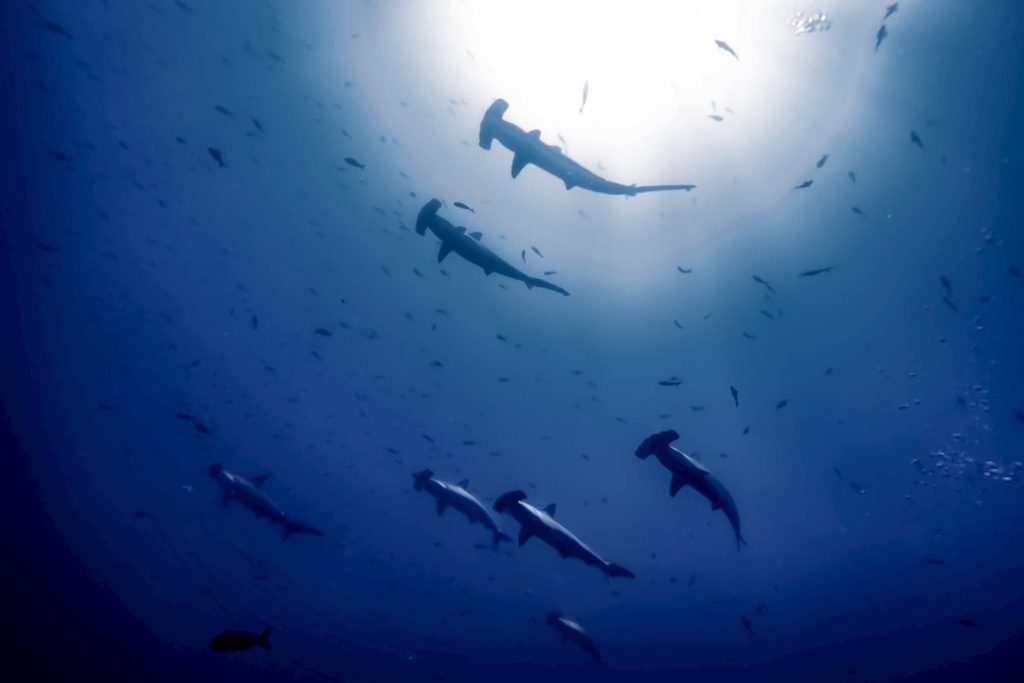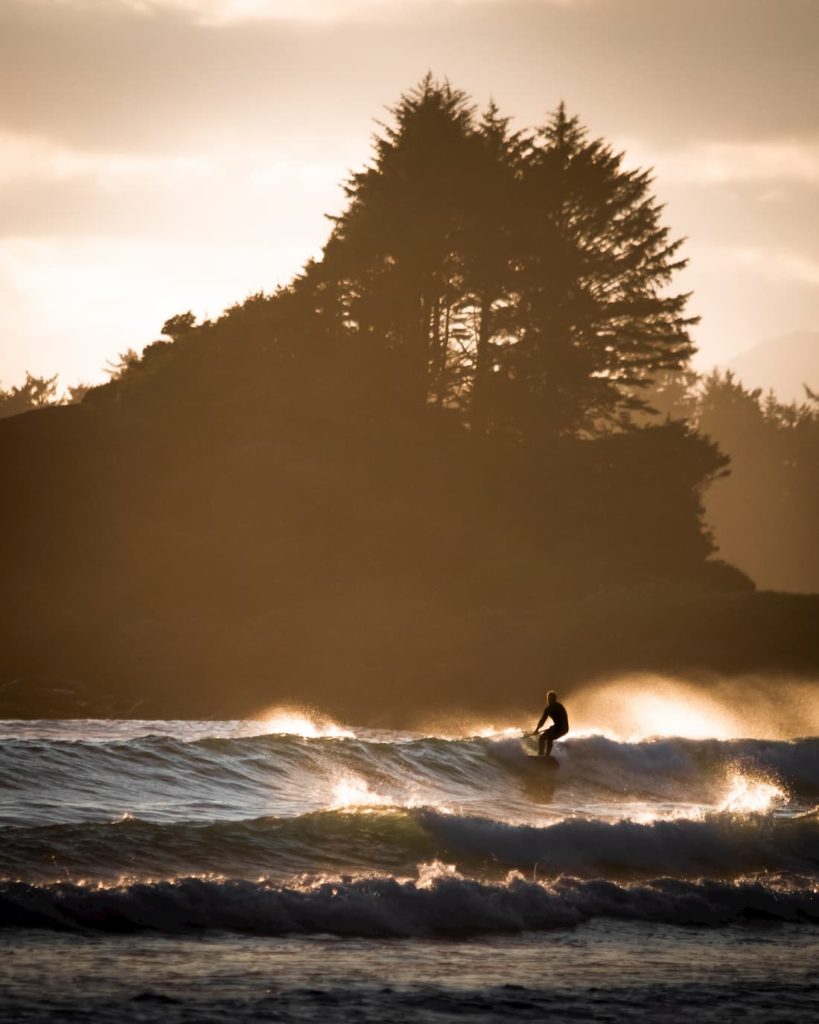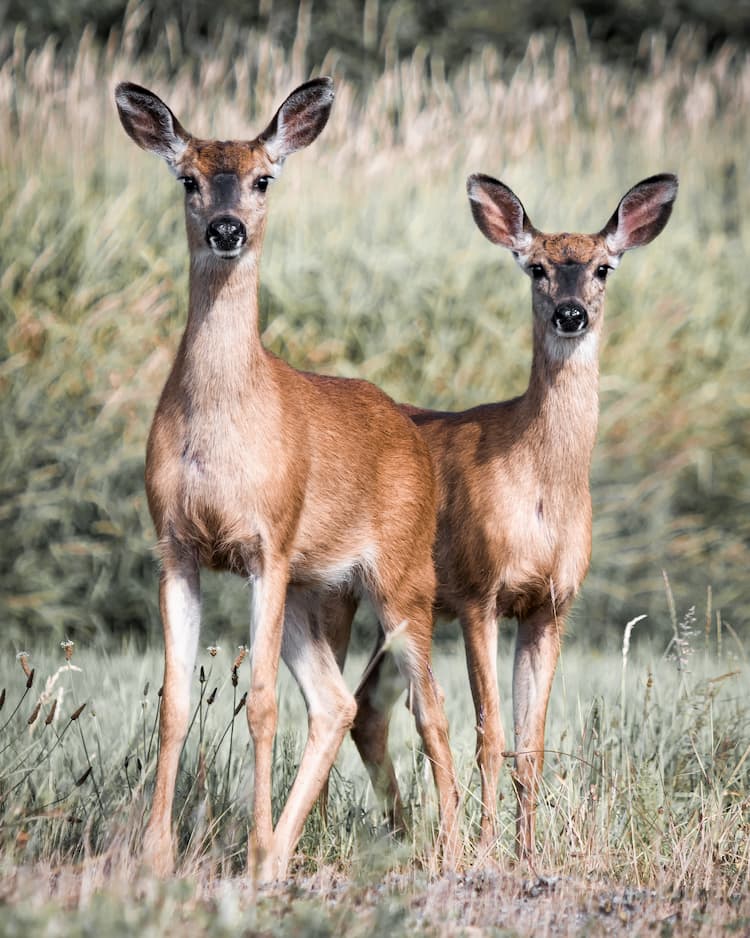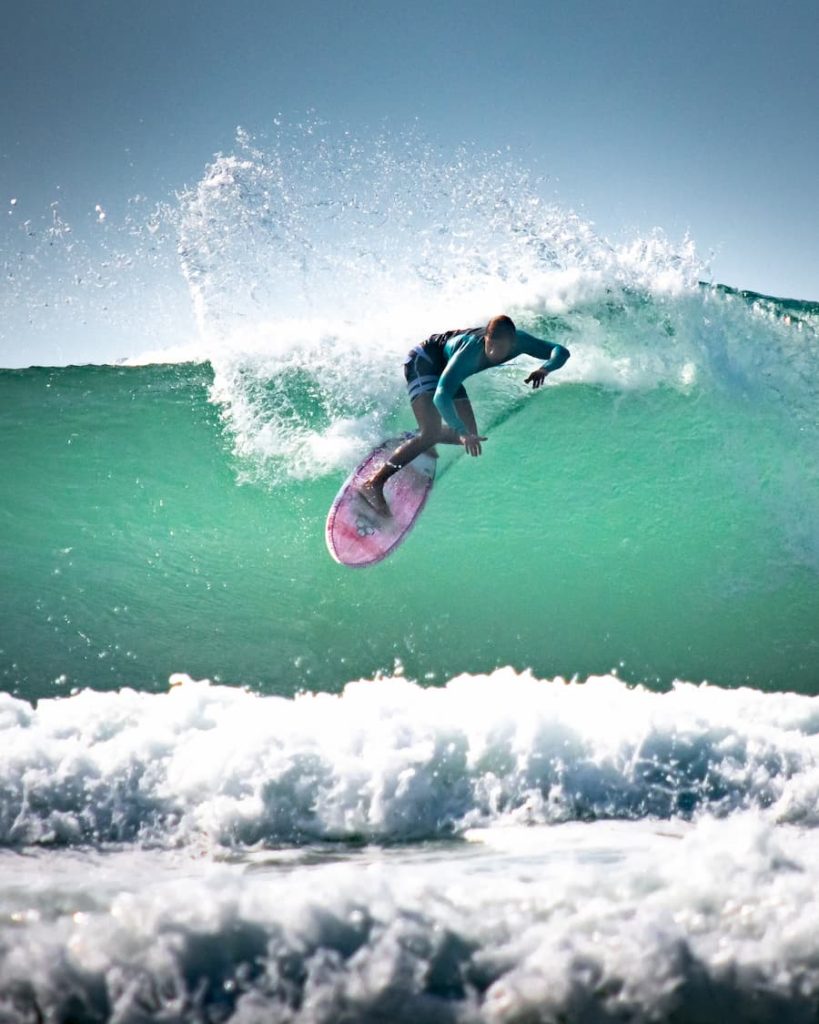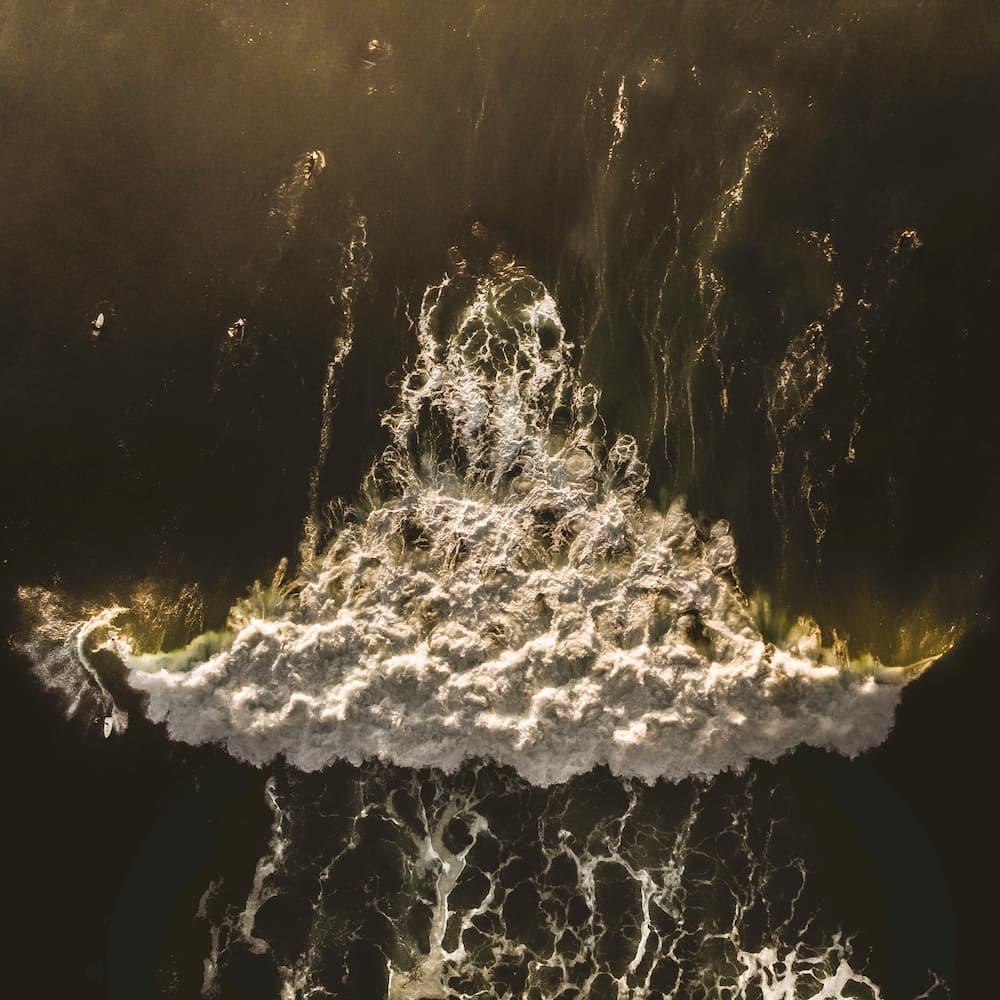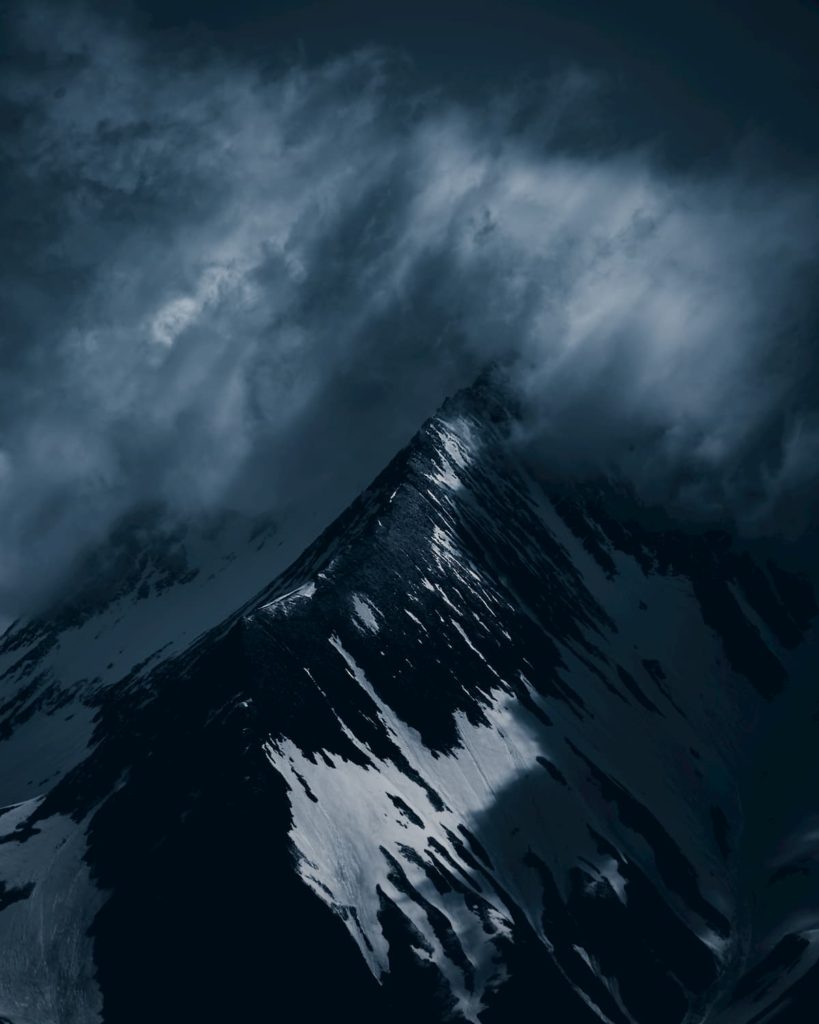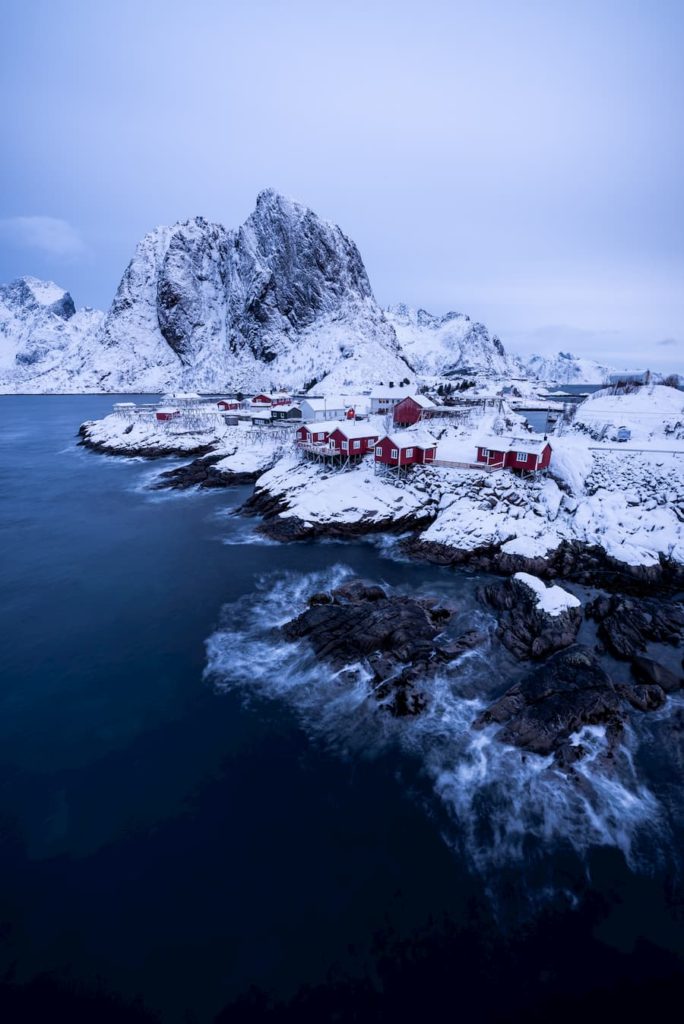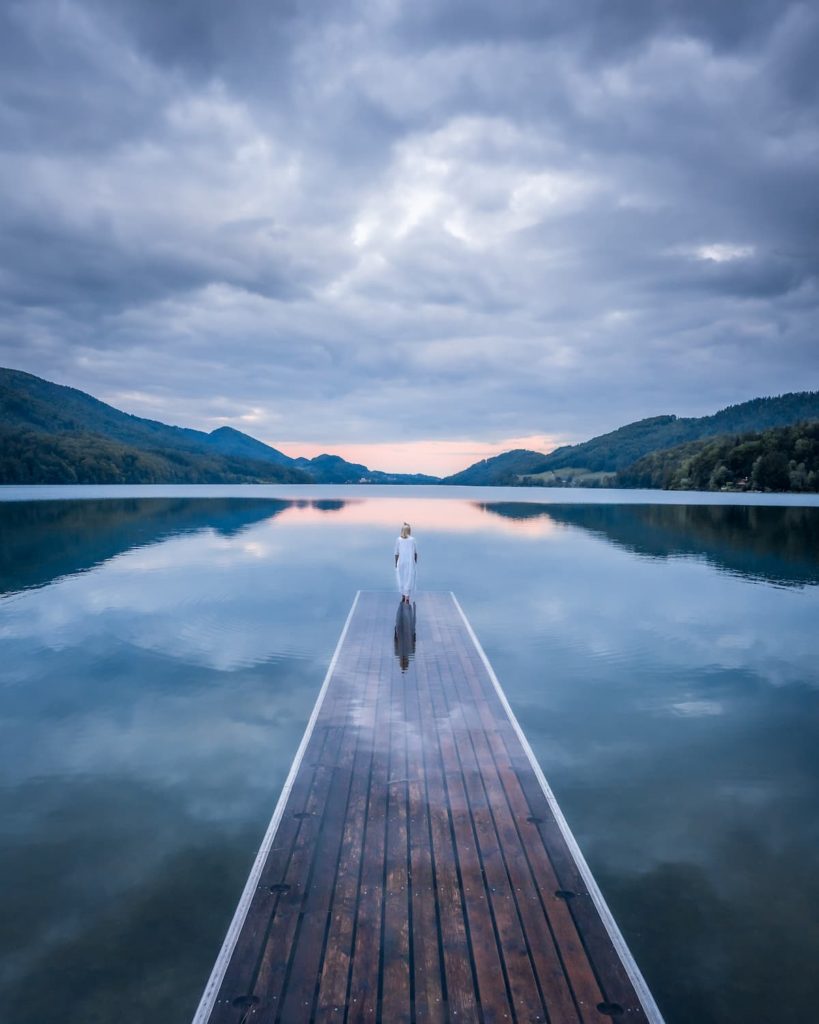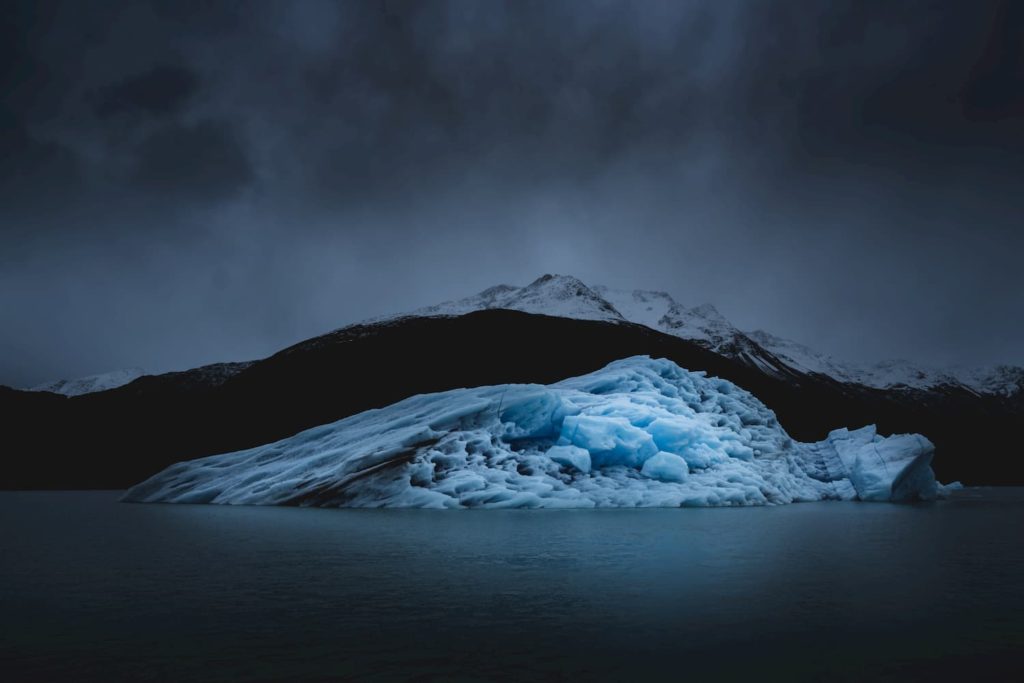
Loïc Anguill
@loicall_travel
Landscape photographer based in France
My passion for photography came rather late in life. In fact, it was my love for travel that gradually led me there.
I started traveling in 2009. It was this particular period of time in which I experienced a family crisis; I lost my father 5 days before my twentieth birthday. In this kind of situation, everybody has a different way to express their pain and emotions. Personally, I had no way to express myself, I was shocked and mute. My brother left France to live in Portugal and I lost my groundings. So I just worked hard to prepare the entry exam for med school, without looking behind me. The heavy emotional toll, combined with the workload of my medical studies, was such that I had to step out of my surroundings. My mother had benefits from her work and was able to offer me a trip during that summer.
"Thus, I had chosen the furthest place in the world from me: Australia, it was a fabulous taste of freedom."
This is where I caught the travel bug. Travelling has a paradoxical effect, it takes us into a new world, out of our environment which can sometimes be stifling, and at the same time, it makes us grateful and aware of the chance we have to live in the country or city that we call home, and to have our family and relatives.
"So, oddly enough, it ends up strengthening our connection to home."
It was in this context that I bought a camera, just to bring back some pictures from my travels. I knew absolutely nothing about photography. I had bought the cheapest camera on the market. My choice fell on a brand simply because I found the commercial fascinating, not to mention the music was striking. Hats off to the director for this ad, who managed to capture and transcribe, in these few minutes, all the emotions one can feel while shooting.
"I finally found a way to express myself."
What I enjoy most of all is when I can share my photos with people and see their reaction when it brings out an emotion in them. I find that emotions are the juicy part of life, the ingredient that brings flavor into it.
So what better way to stir up emotions than to tell stories? With simple words, we can transport anyone anywhere, be it the streets of Bangkok describing the deafening sounds of scooters, the scent of pad thai and chicken kebabs that make you hungry at any time of day, the heat and humidity that seizes your body, the Buddhist monks who recite prayers for coins on street corners, or in the rainforest of Western Canada, describing the freshness of the mist scented by the bark of the pines, which fills and clears the lungs, the rays of the sun filtered by the tops of hundred-year-old trees, the lapping of the stream with bald eagles stalking salmon from the tree branches above.
I had noticed that by telling my stories and showing pictures, the emotional impact was much more powerful, and I had great satisfaction from it. So I tried to make my photos more complex with the help of natural light, tones and colors, as well as clouds and fog because they have an immense emotional power on the image.
"What helps me with this is that, at the end of my medical studies, I became specialized in psychiatry."
Every day, I am exposed to different types of moods (depressed or elated), or even representations of the world (dark, cold, pessimistic, and even warm, soft and optimistic). I have to be in constant empathy with my patients. It is therefore easy for me to trace and recognize an emotion, a mood, an atmosphere and thus to illustrate them in images.
I like the aspect of the photo creation process as I think it’s fun. I imagine it first, the picture and the emotion I want to share. Then I decide what lens I’m going to use and, finally, what the shooting conditions will be. I schedule my day around these factors so that I can be on site at the ideal time and under the appropriate conditions in order to obtain the photos I want. Each photo thus tells a story, and is a story of itself.
So, I organize my weekends and holidays in order to explore new places for the purpose of photography. I also spend a lot of time continuing to refine my skills, as in photo processing methods, technological innovations, and more recently on video editing. My photographer’s eye helps me a lot in composing the sequences, but it’s a totally different activity and one that takes a lot of work.
"My favorite part is when I come back from a holiday or weekend getaway, sit down at the desk and start importing my raw images."
They are like rough diamonds that are downloaded and have to be cut with my keyboard. The lines, curves, contrasts, colors, lights, and expressions then begin to reveal themselves and deliver their magic. We can make an analogy to a gift; we’re excited to receive it and to open it to see what’s inside, but we also like to offer it.
I’d say that my style centers around travel and surfing culture. I grew up in Toulouse, in the south of France, a few hours from the Atlantic Ocean. Naturally, I spent a lot of my holidays in the Basque region and in the Landes where the surf culture is predominant. The swells of the ocean are present all year round so surfers come from all over the world to enjoy the waves.
I was immediately seduced by this unique sport, also due in part to its minimalist and elegant aesthetic. It’s a culture which advocates simplicity, humility in the face of nature, joy and harmony with its natural environment. Local surfers are also very committed to ocean conservation, which is why, from an early age, during summer surfing camps, I was educated on this subject. We led rubbish collection campaigns with our instructors on the beach and distributed ashtrays to prevent people from throwing their cigarette butts on the beach.
Connecting this with my interest in photography, I then began to take pictures of the surfers; waiting for them to get to the top of the wave and at the moment of the top turn (roller), spraying water in the air as if it were the imprint of their passage on the ocean. Thereafter, I would wait until just before sunset to shoot, when the shadows would stretch out, along with the colors of the sky and the water would turn golden and then pink.
Subsequently, during a trip to Indonesia, my friends and I met a Frenchman who told us about scuba diving training. Struck by curiosity, my friend and I went to the diving center, determined to discover the mysteries of the Bali Sea. We were lucky enough to witness a manta ray ballet, to get close to seahorses and to see sharks. The experience was so intense that I had consumed my entire oxygen tank before the others. However, the photos from that moment were terribly disappointing as I had no knowledge of underwater photography at the time.
"With the memories of diving in my head, I decided to continue with that training and went to Egypt to the Red Sea to practice further."
A few months earlier, attacks had taken place in Cairo, so tourists had completely deserted the country and I had an instructor all to myself. Although the Red Sea is a magical place to observe the underwater wonders, my instructor Magdy introduced me to another aspect of diving than simply contemplating. He showed me the joy that we can experience, just by being cut off from our senses for a moment, focusing on our breath, moving through the water just with an inhale or an exhale. It was a total experience, I felt like in symbiosis with the water, and I was no longer contemplating, but was entirely a part of the experience. It was then that I decided to orient all my future trips around finding diving spots.
While diving in Egypt I met a friend, Paul, who had special equipment for underwater photography. He had let me operate the housing case with a dome and several flashes. It was with him that I learned the intricacies of underwater photography. We would then spend our evenings discussing our dives and future trips. During an evening with too many beers, Paul told me about a special place, lost in the middle of the Pacific Ocean that had moved him: the Galapagos Islands, the sanctuary of marine life. He had stayed there a few years earlier and his face came alive when he recalled the memories of this place, like a child describing his trip to Disneyland. His story and descriptions convinced me; I was going to save for a year to be able to go to the Galapagos Islands.
A year later, I set foot on Seymour Island. The first thing that struck me in the Galapagos was the Puerto Ayora fish market, which is located in the harbor. The fishmonger cuts the fish, throws the waste to the sea lions sitting beside him, then the viscera to the pelicans and herons. The eagle rays wait impatiently, glued to the docks in hope for a piece of fish to fall into the water. Finally the frigatebirds dive into the stalls to try and steal a piece of tuna. This unusual spectacle immediately made me realize that here, the world of humans and wildlife are not separate; there are no borders but rather a world of cohabitation.
We put our beach towel next to the marine iguanas, we went to play in the water with the sea lions, we let ourselves be hypnotized by the slow movements of the sea turtles. I took pictures of all these animals, many of whom would let you approach them, and it was like a game for me. I remember staying 20 minutes with a blue-footed booby waiting for him to look at my camera, my presence didn’t bother him at all, and he even seemed to enjoy posing for the camera. This photo is one of my favorites.
However, it is in the deep blue that the magic happens. The super star here is the hammerhead shark. His extravagant head makes him exceptional and endearing. During my first dive, a huge bank of hammerheads passed overhead, like an eclipse, blocking out the sun. I will always remember the hundreds of shadows passing overhead, revealing the unique and easily recognizable silhouettes of hammerheads. I then understood what had so deeply marked Paul about this place.
"I practiced taking pictures of everything that happened. The underwater photos are very poetic."
Being immersed in water gives the impression of lightness, a slowing down of movements and calm colors. It also offers perspectives that cannot be reached on earth, because you have a greater range of motion underwater as you can come into contact with your subject either in front, behind, above and at any angle in between. However, the light conditions are very unfavorable in water. This is why I find this exercise very enjoyable, because it requires special post processing, creativity and an artistic sense to work with light, colors and tones, especially of the skin.
"I try to get a message across with my photos, reminding people that there’s a whole world in the ocean that we shouldn’t forget about and is as important for the ecosystem."
For example, while people think sharks are threatening to humans, their role is essential for the conservation and balance of our oceans. They make it possible to maintain the balance of the ecosystem by preventing certain species from proliferating and they regulate populations of coral reefs. However, they suffer from overfishing and are increasingly in danger. Just like killer whales. During my trip to British Columbia, where my partner is from, we wanted to observe these animals. She described to me how lucky the people of Vancouver are to have schools of killer whales that reside there year round and can sometimes be found swimming in the harbor. She was fascinated by their beauty and couldn’t wait to show me them. I was really excited to be able to meet these cold water creatures, the very symbol of the city of Vancouver. It was with great sadness that we learned that the orcas had left their place of residence to migrate to California because they could not find enough salmon to feed themselves with, due to the overfishing.
"We then became acutely aware of the impact that human activity has on animal diversity and the responsibility we have on our environment."
"My partner Mary is also the person that inspires me most. She shares a taste for adventure with me."
That’s why she didn’t hesitate to come and live with me in New Caledonia in the South Pacific. She is a Yoga teacher, and puts into practice all the precepts of this discipline: to live happily. It is a real pleasure to live by her side. She is a great support, whether it is in my work when the emotional load is significant, or in my passion for photography, because she encourages me and shows great patience when I stay for long periods of time in the same place, waiting for the perfect moment to shoot. I have also never been so flexible and relaxed as I am now, thanks to my progress in yoga.
"I am grateful for all these inspiring aspects of my life that make me continuously learn and evolve as a human being, in connection with nature and sealife."
Would you like content like this sent to your inbox?
NOMADICT
ART GALLERY
THE LATEST STORIES
WRITEN WITH PASSION TO INSPIRE YOU

Miroslav Maršík (@miromarsik): Photographer based in Czech Republic
In this article, Miro shares how his love for cinematic music evolved into a deep passion for photography and how he uses light, color, and atmosphere to turn the streets of Prague into living film scenes.

Aurora photography panorama workflow: A guide to camera settings, editing, and color
In this article, Stefanie reveals how her background in physics sparked her passion for astrophotography and how she blends science with creativity to capture the beauty of the night sky. Readers will discover her approach to color, contrast, and editing, as well as her aurora photography workflow.

Yhabril (@yhabril): Best of the Week 33 at #nomadict
Spanish photographer Yhabril captures the profound connection between humans and the mountains that shaped him. Growing up in the Pyrenees, his work bridges outdoor sports, landscapes, and celestial scenes — often blending athletes, moonlight, and wilderness into striking visual stories.

Ariane Totzke (@besondersschwierig): Photographer based in Switzerland
In this article, Ariane shares how photography helped her navigate personal challenges, connect authentically with people and animals, and develop a philosophy rooted in empathy and artistic freedom. Readers will also discover her ethical approach to wildlife photography and her trusted equipment for both camouflage techniques and cameras.

How to photograph Dutch tulip fields: A guide to light, gear, composition, and colors
Discover how to photograph Dutch tulip fields in their most magical light. From choosing the right gear and lenses to mastering composition, color, and aerial perspectives, this guide shares creative techniques to capture the beauty of the Netherlands’ tulips. Learn how light, color grading, and proportion bring emotion into every frame.
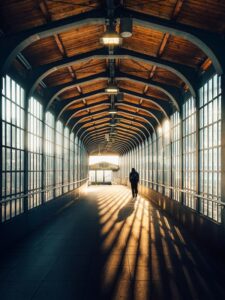
Cinematic city photography: An essential 6-step workflow
In this article, you’ll learn how to read and use light in your home city, choose the right technical settings for low-light scenes, and refine your editing workflow to shape color and atmosphere step by step. In addition, Dominik shares how to find fresh perspectives on familiar locations, five lessons that transformed his photography, and insights on the future of street photography.
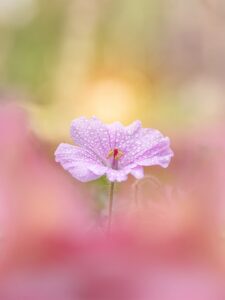
Kyle van Bavel (@kylevanbavel): Photographer based in the Netherlands
Kyle van Bavel is a macro photographer with a distinctive, dreamy style that transforms the unseen details of nature into magical worlds. In this article, he shares how his unique vision, shaped by a journey of self-learning and overcoming dyslexia, has become his greatest creative strength.

Inês Preto (@minespreto): Best of the week 20 at #nomadict 2025
Inês is a nature photographer drawn to wild, remote places where weather, wildlife, and mood shape her storytelling. In this article, she shares the behind-the-scenes journey of capturing the Best of the Week image: a puffin trio on the Faroe Islands. She explains how she approached the edit of this image, and shares key lessons she’s learned through experience.
